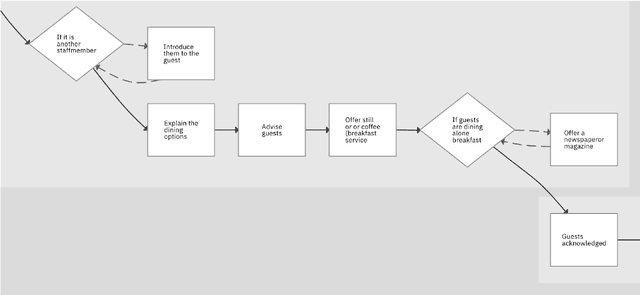Octavian Popescu
Domain Adaptation of a State of the Art Text-to-SQL Model: Lessons Learned and Challenges Found
Dec 09, 2023Abstract:There are many recent advanced developments for the Text-to-SQL task, where the Picard model is one of the the top performing models as measured by the Spider dataset competition. However, bringing Text-to-SQL systems to realistic use-cases through domain adaptation remains a tough challenge. We analyze how well the base T5 Language Model and Picard perform on query structures different from the Spider dataset, we fine-tuned the base model on the Spider data and on independent databases (DB). To avoid accessing the DB content online during inference, we also present an alternative way to disambiguate the values in an input question using a rule-based approach that relies on an intermediate representation of the semantic concepts of an input question. In our results we show in what cases T5 and Picard can deliver good performance, we share the lessons learned, and discuss current domain adaptation challenges.
Recognizing and Splitting Conditional Sentences for Automation of Business Processes Management
Apr 01, 2021



Abstract:Business Process Management (BPM) is the discipline which is responsible for management of discovering, analyzing, redesigning, monitoring, and controlling business processes. One of the most crucial tasks of BPM is discovering and modelling business processes from text documents. In this paper, we present our system that resolves an end-to-end problem consisting of 1) recognizing conditional sentences from technical documents, 2) finding boundaries to extract conditional and resultant clauses from each conditional sentence, and 3) categorizing resultant clause as Action or Consequence which later helps to generate new steps in our business process model automatically. We created a new dataset and three models solve this problem. Our best model achieved very promising results of 83.82, 87.84, and 85.75 for Precision, Recall, and F1, respectively, for extracting Condition, Action, and Consequence clauses using Exact Match metric.
 Add to Chrome
Add to Chrome Add to Firefox
Add to Firefox Add to Edge
Add to Edge